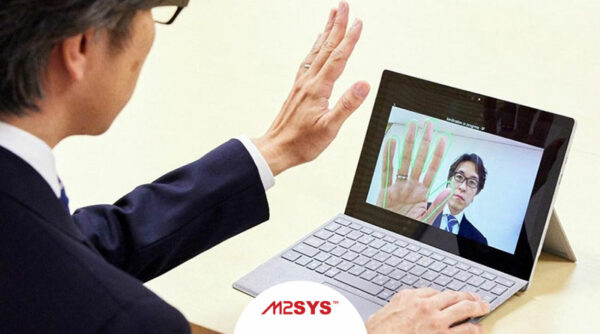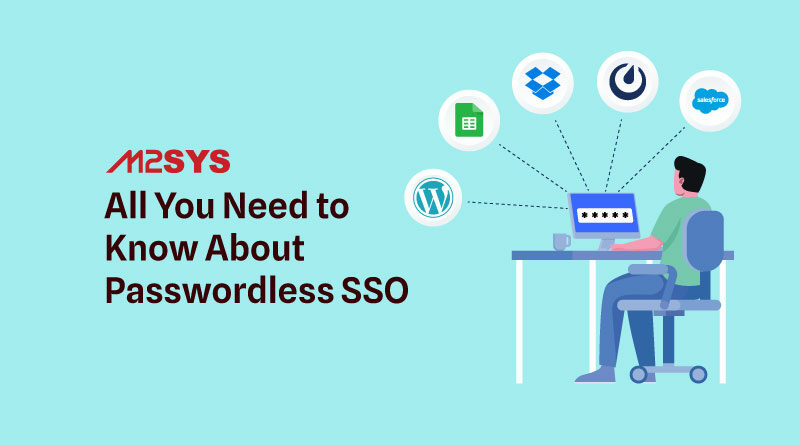All You Need to Know About Passwordless SSO
Many people don’t like entering different usernames and passwords when they use multiple apps or websites owned by the same company. Managing numerous passwords has been a problem at work for a long time. They cause a lot of trouble remembering the passwords, creating inefficiency for users at work.
Passwords are also a significant security risk because hackers can use them. According to the Verizon Data Breach Investigation Report, 80 percent of data breaches are caused by usernames and passwords.
Therefore, if you want to keep your data safe, you should invest in more secure technology than a traditional username and password, which doesn’t require you to remember passwords —something like single sign-on.
What does “passwordless” mean?
“Passwordless” means that your employees will be able to securely log into their work without typing a password. Passwordless authentication is a modern-day technology allowing users to quickly and safely access work resources without remembering a username and password.
Every account has a unique password that you must remember and type in. That means no more account resets, requests for password resets, or manual password rotations. IT costs are cut because valuable time is freed up to work on other things. Employees are more productive because they can connect more quickly to the resources that help them do their job without stopping their workflow.
When people use authentication technologies that don’t require passwords, the security of the whole organization is better. This is because passwords and all their flaws aren’t a part of the process.

What Is Single Sign-On?
Single sign-on (SSO) is a popular method of authentication that makes it easier for users to access multiple applications using a single set of credentials.
Service providers (websites or apps) and identity providers work together to make the SSO process work. First, the two exchange certificates showing who they are. Then, an ID in the form of login tokens is given. These tokens contain information about the user, like their username or email and password, so the service provider can tell that the connection is from a trusted source.
When you use Single Sign-On (SSO), you don’t have to remember account passwords for any of your work apps or resources. By taking insecure passwords out of the authentication process, IT can also expect a better overall level of safety. In addition, IT has more control over and insight into how users use their accounts.
Going Passwordless with SSO
In the past, SSO solutions only covered a small number of services. This meant that many employees still had to remember dozens of usernames and passwords for accounts that SSO didn’t cover.
Passwordless authentication replaces passwords with other types of authentication that are safer. In a password-protected system, a person needs to enter their password into a computer and check against the database to prove who they are.
In some passwordless systems, like biometrics, the comparison is made similarly, but the user’s unique characteristics are compared instead of passwords. For example, a system takes a picture of finger vein patterns, extracts numerical data from them, and then compares them to data in the database that is already known to be true.
The best way to have a passwordless experience is to pick and combine the right identity technologies to cover all logins in your company. Single Sign-On is essential because it removes passwords from the employee workflow and improves efficiency and security at the same time.
Advantages of Passwordless Single Sign-On
- Passwordless SSO makes it easier for people to quickly get into applications and accounts without much hassle.
- Users don’t need to remember a set of credentials.
- Service providers that use passwordless SSO may spend a lot less time helping users with lost passwords.
- Administrators can enforce security standards better across applications.
By implementing Hitachi VeinID Five authentication technology, businesses can go passwordless. Users can securely access your business system and many other apps without using ID cards, pins or passwords.
Hitachi VeinID Five gives you the comfort of enjoying passwordless SSO within your organization for the safest, most reliable and non-invasive biometric solution, providing a high level of security.
If you would like to find out more about passwordless SSO opportunities, contact our team today. Together, we can consider how the Hitachi Finger VeinID system could be adapted for your industry and what kind of value it might add to your project. Feel free to consult us if you have any further questions.











